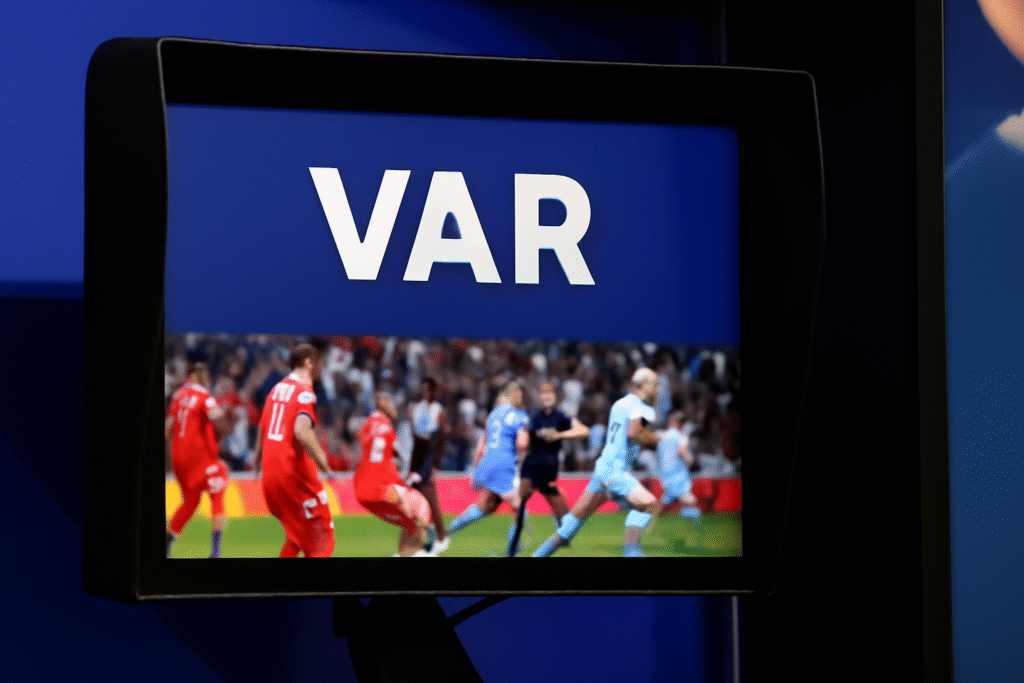AI-driven analytics have transformed the way strategies are crafted in modern sports. Machine learning models now analyze player statistics, game footage, and even real-time tracking data to provide insights far beyond human capability. For instance, a Harvard study examined over 800 million SportVU data points in the NBA to calculate an “expected possession value” for each play (rc.fas.harvard.edu). This gave coaches a new way to evaluate decision-making and player effectiveness.
In soccer, teams use expected goals (xG) models to gauge the likelihood of scoring from any given shot, helping them refine offensive and defensive tactics. In American football, computer simulations help design plays and optimize formations. Even in hockey, AI models analyze puck movement and player shifts to maximize scoring opportunities.
Small clubs are also adopting basic AI tools to analyze video and track player development. The shift toward data-driven coaching means that strategies are less about guesswork and more about precision.
“Machine learning enables a comprehensive analysis that goes beyond traditional methods.” – Catapult Sports
Modern Sports Injury Prevention and Athlete Safety
Injury prevention is a top priority in modern sports, and AI is playing a crucial role. Wearable sensors, smart apparel, and motion-tracking cameras now monitor athletes’ biomechanics and health indicators. These devices collect data that AI systems analyze to detect signs of fatigue, stress, or abnormal movement.
One of the leading examples is the NFL’s “Digital Athlete” project, built in partnership with Amazon Web Services (AWS). It uses machine learning to simulate and assess each player’s movement patterns during games and practices (foxbusiness.com). If a player’s metrics shift—say, a soccer forward starts running with less power—AI can flag it for trainers, who can then adjust training regimens or recommend rest.
High-tech helmets equipped with accelerometers are also being tested in American football to detect dangerous head impacts in real time, helping reduce concussions.
“AI can analyze data from wearable devices, motion capture systems, and historical injury records to identify risk factors.” – sportsmed.org
Modern Sports Officiating: VAR and Referee Tools
Refereeing in modern sports is now supported by some of the most advanced technology available. In soccer, the Video Assistant Referee (VAR) system combines high-speed cameras, computer vision, and AI to review critical plays such as penalties and offsides. During major tournaments like the World Cup, 12 cameras track every player’s movement in real time, while a smart sensor in the ball logs its exact position.
AI analyzes this data to detect offside infractions within seconds. A VAR official then reviews the findings before alerting the field referee. According to FIFA, VAR improved decision accuracy from 95% to 99.3% at the 2018 World Cup (espn.com).

Other sports use similar tools:
- Hawk-Eye in tennis and cricket tracks ball trajectories for line calls.
- Goal-line technology ensures a ball has fully crossed the goal.
- Instant replay in American football allows teams to challenge decisions.
These innovations make modern sports officiating more transparent, reducing controversial errors while preserving the integrity of the game.
You can also read about How Football Conquered the World
Modern Sports and AI: Controversies and Challenges
While the benefits are clear, AI in modern sports hasn’t been free from criticism. Some argue that video reviews like VAR slow the game or that overly technical decisions rob sports of their human drama. Despite VAR’s high accuracy, FIFA admits the remaining 0.7% of incorrect decisions can still be “bitterly contentious” (espn.com).
Other concerns involve data privacy—who owns the biometric data collected from wearables? And how do we ensure that AI models don’t reinforce biases?
“Too much reliance on algorithms could diminish the human element of sports.” – thejustice.org
Balancing innovation with the human side of competition remains a central issue in the adoption of AI across modern sports.
The Future of Modern Sports with AI
The future looks bright for AI in modern sports, with applications expanding beyond coaching and refereeing. Teams now use AI to:
- Manage operations like scheduling and crowd control.
- Enhance fan engagement with automated highlight reels and chatbot-based stat delivery.
- Predict injuries and player absences with up to 96% accuracy (stayrelevant.globant.com).
There are also discussions about using AI-driven cameras to replace some referee tasks and creating VR experiences that let fans “stand on the field” with their favorite players.“AI will play a pivotal role in shaping the future of sports and entertainment experiences.” – stayrelevant.globant.com
You can also read about History of Sports
In this new era, teams that resist these changes may risk falling behind their more tech-savvy competitors.
Timeline of AI Breakthroughs in Modern Sports
- 2002 – First use of Hawk-Eye in tennis
- 2003 – “Moneyball” popularizes sabermetrics in baseball
- 2013 – SportVU tracking data introduced in NBA
- 2018 – VAR debuts at FIFA World Cup
- 2021 – NFL launches “Digital Athlete” with AWS
- 2025 – Projected widespread AI-officiated matches in testing phase
Conclusion: The AI-Driven Era of Modern Sports
From the front office to the field, AI is transforming modern sports in unprecedented ways. Teams are smarter, athletes are safer, and fans are more connected. While challenges remain—from ethical debates to implementation costs—the trend is clear: the future of sports will be digital, intelligent, and data-driven. The key will be to innovate while preserving the soul of the game.
